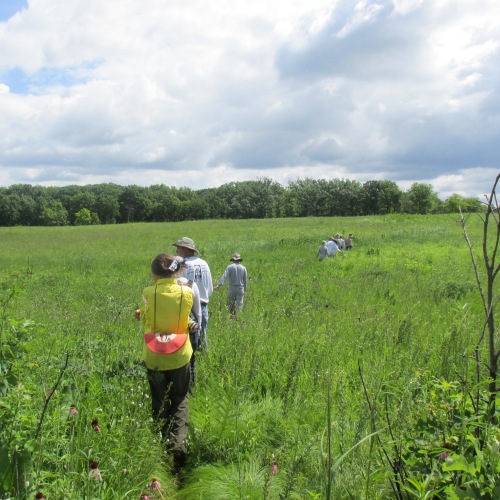“So much of our life passes in a comfortable blur… Most people are lazy about life. Life is something that happens to them while they wait for death.”--Diane Ackerman
***
As a former independent bookseller, I love words, particularly words that come from books. Why? The best books broaden our thinking, jolt us out of our complacency, and remind us of the marvels of the natural world. They give us hope for the future. Words also prod us to reflect on our lives. To make changes.
Native American writer N. Scott Momaday penned the following words:
“Once in his life man ought to concentrate his mind upon the remembered earth, I believe…

He ought to give himself up to a particular landscape in his experience…

To look at it from as many angles as he can…


To wonder upon it…


To dwell upon it.

He ought to imagine that he touches it with his hands at every season…





…and listens to the sounds that are made upon it.
He ought to imagine the creatures there…



…and all the faintest motions of the wind.

He ought to recollect the glare of the moon…

…and the colors of the dawn…

…and the dusk.”

I read Momaday’s words and ask myself: How do I “give myself up” to a particular landscape? When was the last sunrise I noticed? The last sunset? How many creatures and plants can I identify in the place where I live? Do I know the current phase of the moon? Will I be there to touch the sticky sap of a compass plant in summer, or to follow coyote tracks through snow, even when it is inconvenient or uncomfortable to do so? What will I do to share what I discover with others?
How will I live my life this year? In “a comfortable blur?”
Or with intention?
***
Poet, naturalist, and essayist Diane Ackerman (1948-), whose words open this post, is the author of numerous books including A Natural History of the Senses from which this quote is taken. Her book, One Hundred Names for Love, was a finalist for the Pulitzer Prize. The Zookeeper’s Wife, was made into a movie, which opens in theaters in spring of 2017.
***
Poet and writer N. Scott Momaday (1934-) won the Pulitzer Prize for fiction for his novel, House Made of Dawn (1969). The words quoted here are from The Way to Rainy Mountain, a blend of history, memoir, and folklore. Momaday is widely credited with bringing about a renaissance in Native American literature. His thoughtful words are a call to paying attention in whatever place you find yourself… including the land of the tallgrass prairie.
***
All photos copyright Cindy Crosby: (top to bottom) shooting stars (Dodecatheon meadia), Schulenberg Prairie, The Morton Arboretum, Lisle, IL; Kankakee Sands, The Nature Conservancy, Newton County, IN; restoration volunteers, Schulenberg Prairie, The Morton Arboretum, Lisle, IL; storm over the Schulenberg Prairie, The Morton Arboretum, Lisle, IL; eastern prairie fringed orchid (Platanthera leucophaea), Nachusa Grasslands, The Nature Conservancy, Franklin Grove, IL; naming the prairie plants, Schulenberg Prairie, The Morton Arboretum, Lisle, IL; prairie trail, Curtis Prairie, University of Wisconsin-Madison Arboretum, Madison, WI; discovering the tallgrass, Schulenberg Prairie, The Morton Arboretum, Lisle, IL; violet wood sorrel (Oxalis violacea), Schulenberg Prairie, The Morton Arboretum, Lisle, IL; summer on the Schulenberg Prairie, The Morton Arboretum, Lisle, IL; fall comes to the Meadow Lake prairie planting, The Morton Arboretum, Lisle, IL; snow on the Schulenberg Prairie, The Morton Arboretum, Lisle, IL; spring peepers (Pseudacris crucifer) and western chorus frogs (Pseudacris triseriata), unnamed West Side prairie planting, The Morton Arboretum, Lisle, IL; female eastern amberwing (Perithemis tenera), Schulenberg Prairie, The Morton Arboretum, Lisle, IL; kaleidoscope of clouded sulphur butterflies (Colias philodice), Nachusa Grasslands, The Nature Conservancy, Franklin Grove, IL; bison (bison bison), Nachusa Grasslands, The Nature Conservancy, Franklin Grove, IL; prairie smoke (Geum triflorum), Meadow Lake prairie planting, The Morton Arboretum, Lisle, IL; moon over Nachusa Grasslands, The Nature Conservancy, Franklin Grove, IL; sunrise, Hidden Lake Forest Preserve prairie planting, Forest Preserve District of DuPage County; Downer’s Grove, IL; sunset, Russell Kirt Prairie, College of DuPage, Glen Ellyn, IL.















